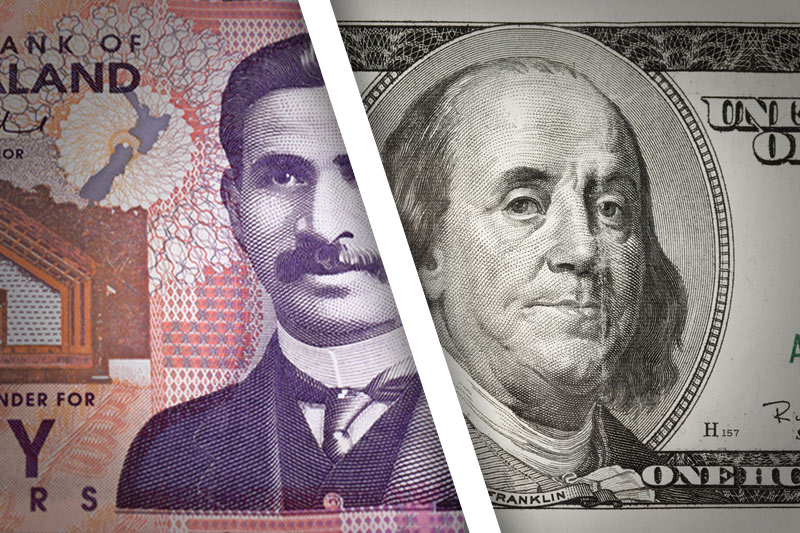Investing.com - The New Zealand dollar was lower against its U.S. counterpart on Tuesday, as concerns over the euro zone's sovereign debt crisis after the announcement of a highly criticized bailout plan for Cyprus continued to dampen investor confidence.
NZD/USD hit 0.8234 during late Asian trade, the session low; the pair subsequently consolidated at 0.8243, shedding 0.29%.
The pair was likely to find support at 0.8194, the low of March 15 and resistance at 0.8279, the high of March 15.
Market sentiment weakened on Monday following news that a one-time tax was to be imposed on bank deposit holders as part of a EUR10 billion bailout deal for Cyprus.
The agreement marked the first time since the onset of the euro zone debt crisis that depositors have been forced to take a haircut in return for financial aid.
Meanwhile, investors were looking ahead to the outcome of the Federal Reserve’s policy meeting on Wednesday after data on Friday showing that U.S. inflation was contained in February left the way clear for the bank to continue its asset purchase program.
The kiwi was steady against the Australian dollar with AUD/NZD easing up 0.02%, to hit 1.2587.
Also Tuesday, the minutes of the Reserve Bank of Australia's most recent policy-setting meeting showed that policymakers believe there are signs the economy is responding to low interest rates.
In addition, central bank Deputy Governor Philip Lowe defended a higher exchange rate and savings level, saying they helped stabilize the economy.
Later in the day, the U.S. was to release official data on building permits and housing starts.
NZD/USD hit 0.8234 during late Asian trade, the session low; the pair subsequently consolidated at 0.8243, shedding 0.29%.
The pair was likely to find support at 0.8194, the low of March 15 and resistance at 0.8279, the high of March 15.
Market sentiment weakened on Monday following news that a one-time tax was to be imposed on bank deposit holders as part of a EUR10 billion bailout deal for Cyprus.
The agreement marked the first time since the onset of the euro zone debt crisis that depositors have been forced to take a haircut in return for financial aid.
Meanwhile, investors were looking ahead to the outcome of the Federal Reserve’s policy meeting on Wednesday after data on Friday showing that U.S. inflation was contained in February left the way clear for the bank to continue its asset purchase program.
The kiwi was steady against the Australian dollar with AUD/NZD easing up 0.02%, to hit 1.2587.
Also Tuesday, the minutes of the Reserve Bank of Australia's most recent policy-setting meeting showed that policymakers believe there are signs the economy is responding to low interest rates.
In addition, central bank Deputy Governor Philip Lowe defended a higher exchange rate and savings level, saying they helped stabilize the economy.
Later in the day, the U.S. was to release official data on building permits and housing starts.
